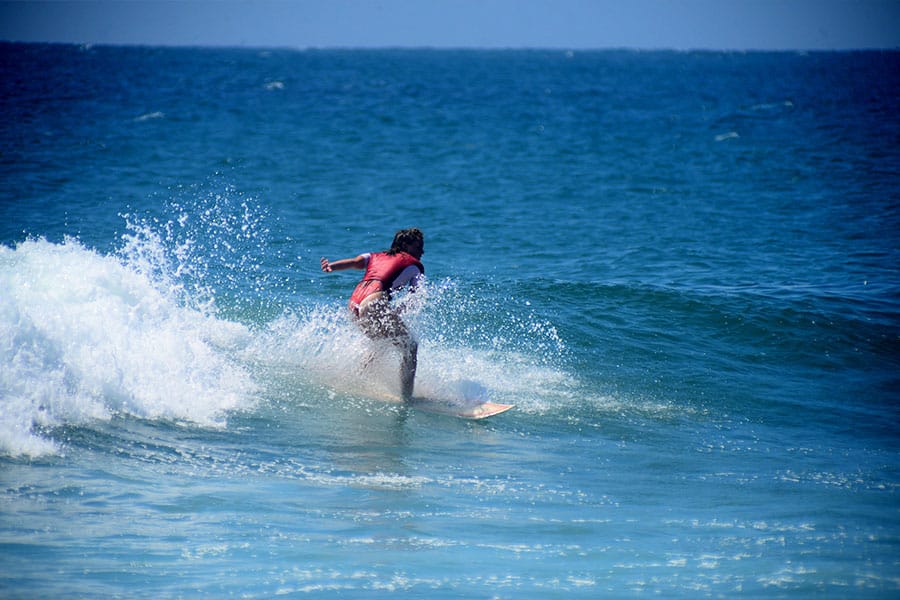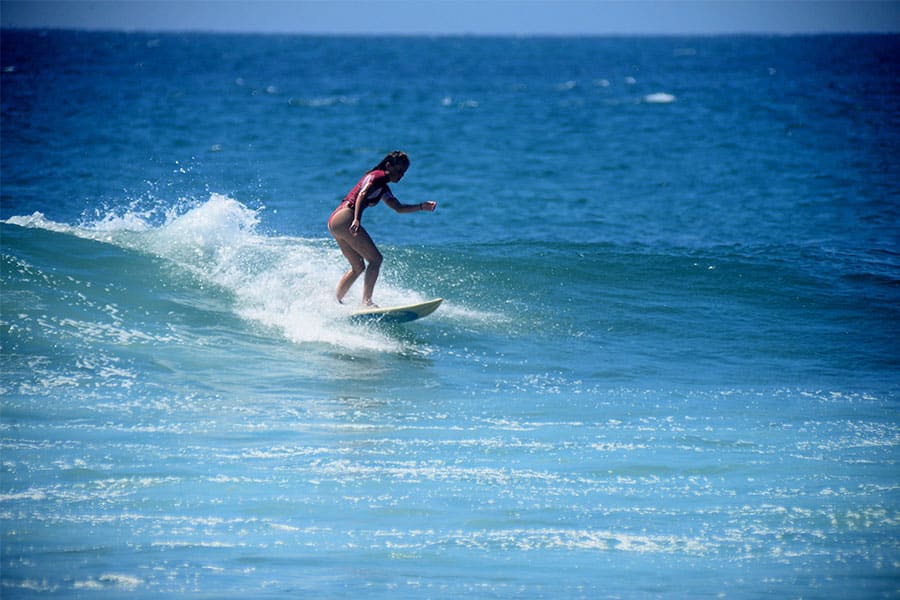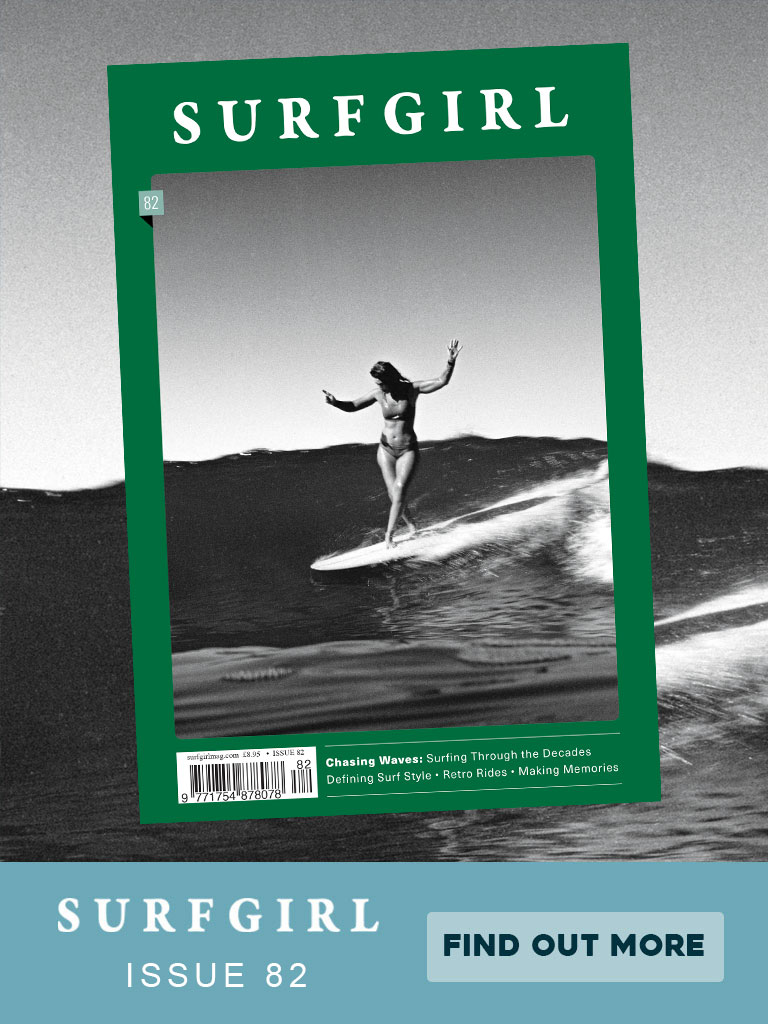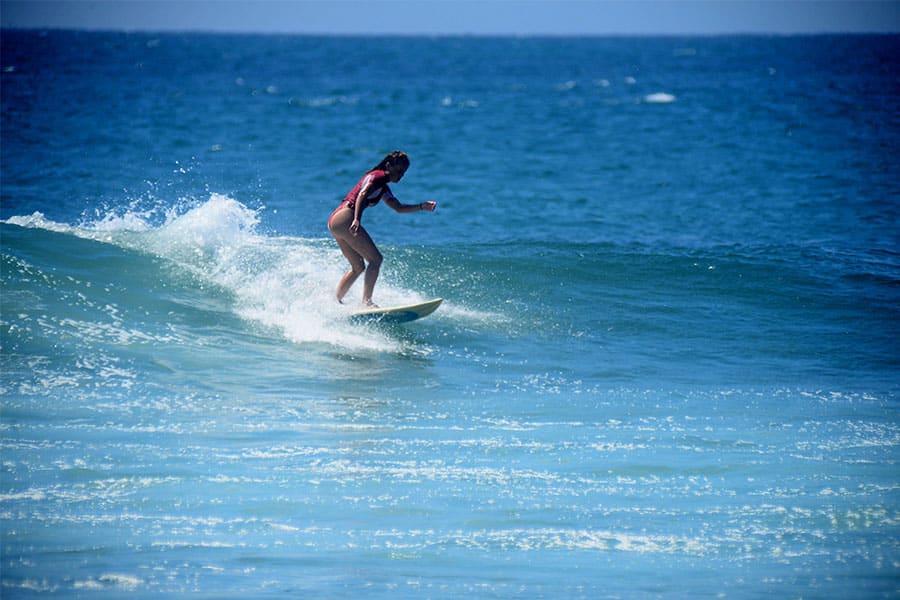
Words Anna Stephens

I grew up in a very British household in Brighton, and was introduced into the surfing world at about 8 years old, when my brother helped me to stand on a long board in the cold West-England seas of Cornwall and Devin. By the time I turned 18, I was sure about my passion for surfing from the experiences I had had in the UK and France, but I had never left Europe. Then, one day I got a message on my phone from my parents, which said they had got a job in Peru and were going to move there. I was supposed to start University a year later, so before getting into that, I decided to take a year out. I felt the call from South America, so I made a plan to meet them there.

Landing in Lima, Peru’s capital, at the age of 18, I had few pre-conceptions of the country, other than the images of alpacas and Machu Picchu that were floating around my naive mind. My mum went to work, and I ended up left in a strange, modern flat, in a misty foreign city where I didn’t speak the language. There was, however, one thing I had heard about which drew my attention immediately: Lima was renown for long, glassy, reliable lefts. Whilst it may not have the same glamorous appeal as Bali or South Africa, I gradually came to understand that Peru is actually surfers paradise. I knew what I had to do. I grabbed my shortboard, squeezed it into the front seat of a a collectivo (the Peruvian alternative to a taxi) and headed down to the coast. That decision changed my life, and soon a new version of Peru opened up to me, and replaced my naivety with a longing for surfing long lefts.
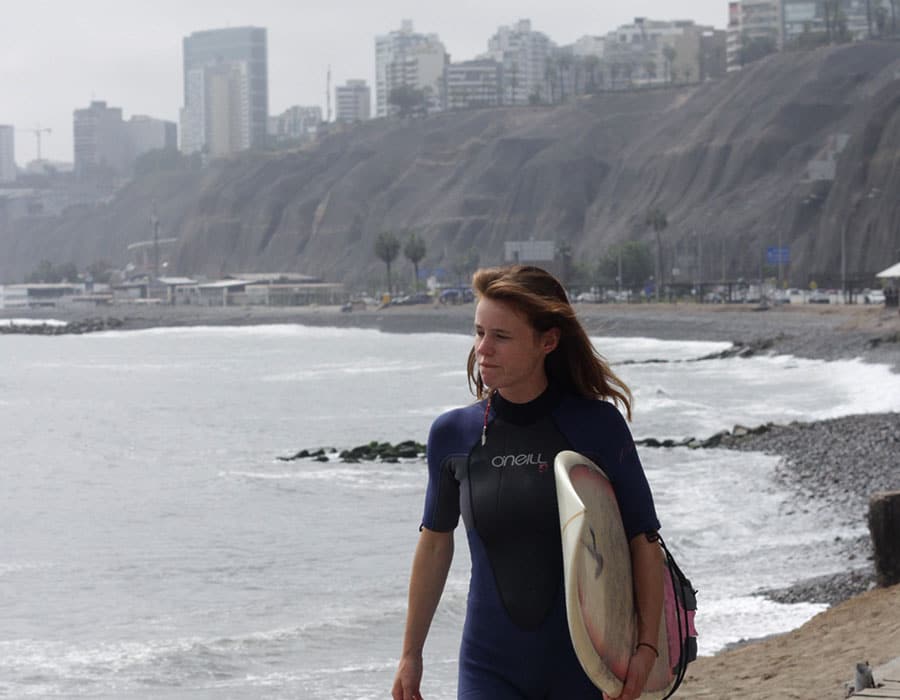


My first friend in Lima took me to Makaha surf beach, which lies right next to the vibrant blue roof of La Rosa Nautica, a restaurant on a jetty over the ocean. Along the coast are several makeshift marquees where various surfers run lessons from their own businesses. Thankfully, I was saved from expat solitude as a group of surfers took me under their wing, guiding me through the rough waves and explaining the strong currents. Surfing in Lima is not for the faint hearted, it’s a huge challenge and I got the idea that Peruvian surfers set their own bar for surfing, super high. This isn’t to say it isn’t worth it though, quite the contrary. After you make it out past the breaking waves, which in those first weeks in Lima seemed to go on for an eternity, you get to a lineup far out in the ocean, where waves break consistently, and theres more than enough to choose from. Surfing those waves in Lima provided me with some of the most blissful moments of my entire life: I remember dropping into a solid left, a huge smile breaking out on my face as I curved the wave and surfed all the way to shore. After a few weeks battling Lima’s breaks, I had muscles on my arms I didn’t know I could possess and had developed a new inner strength.
